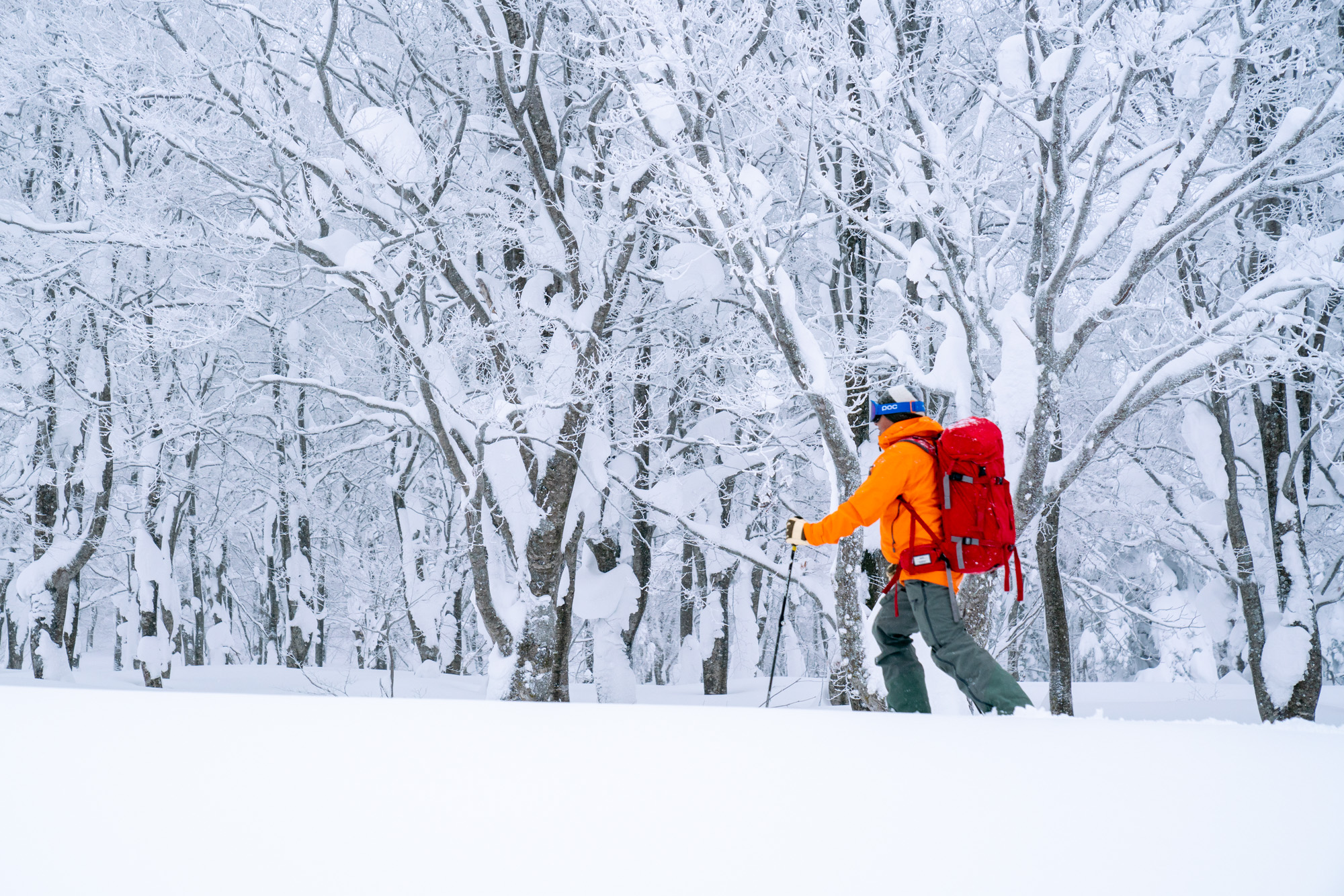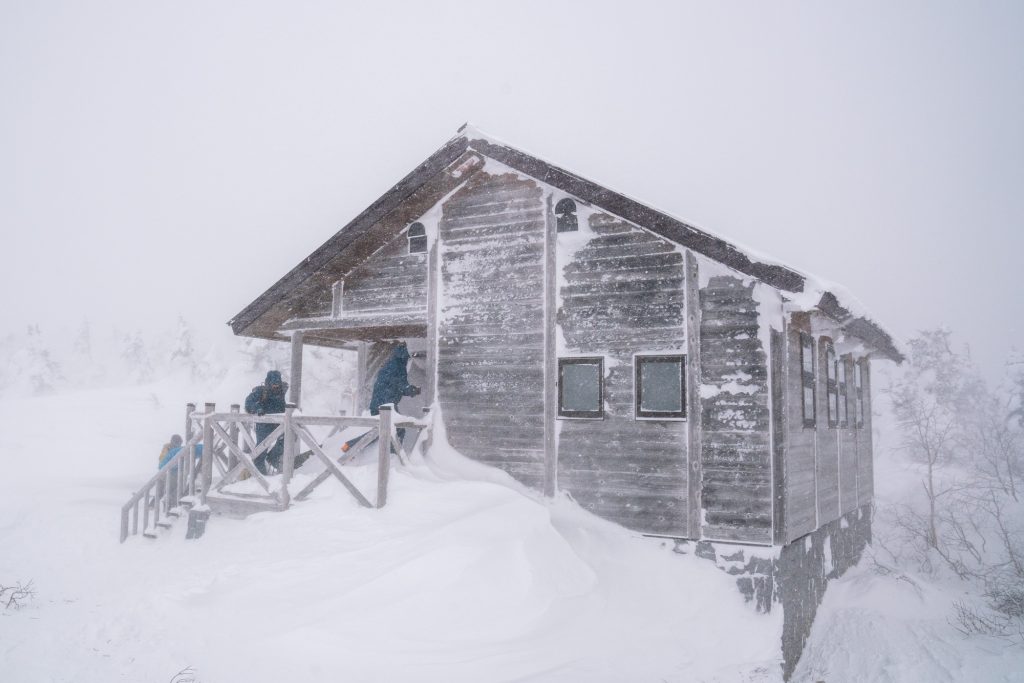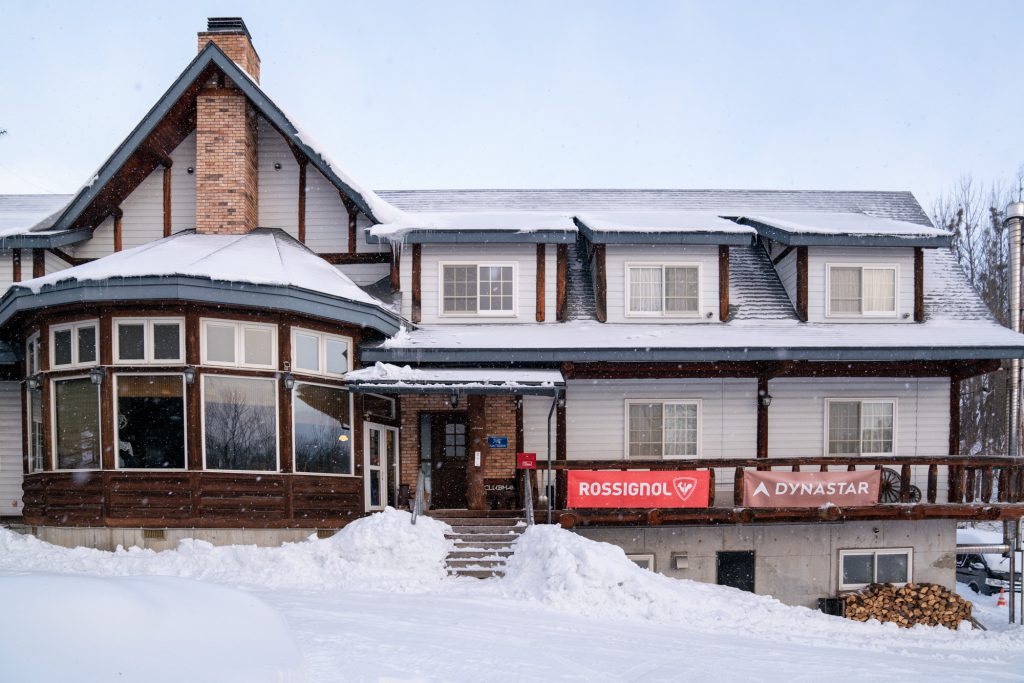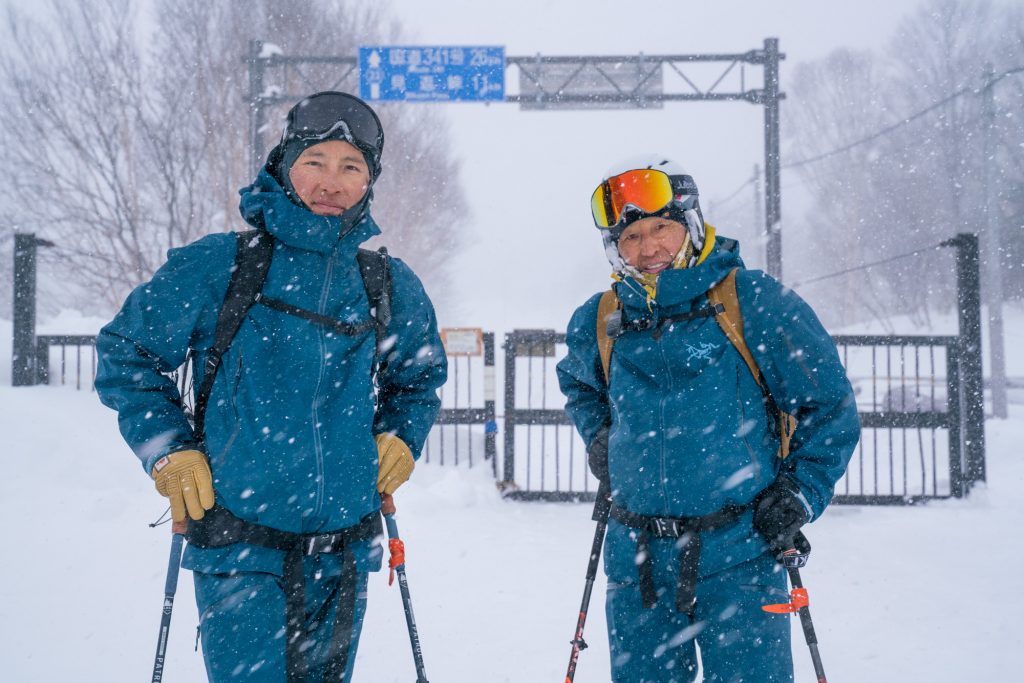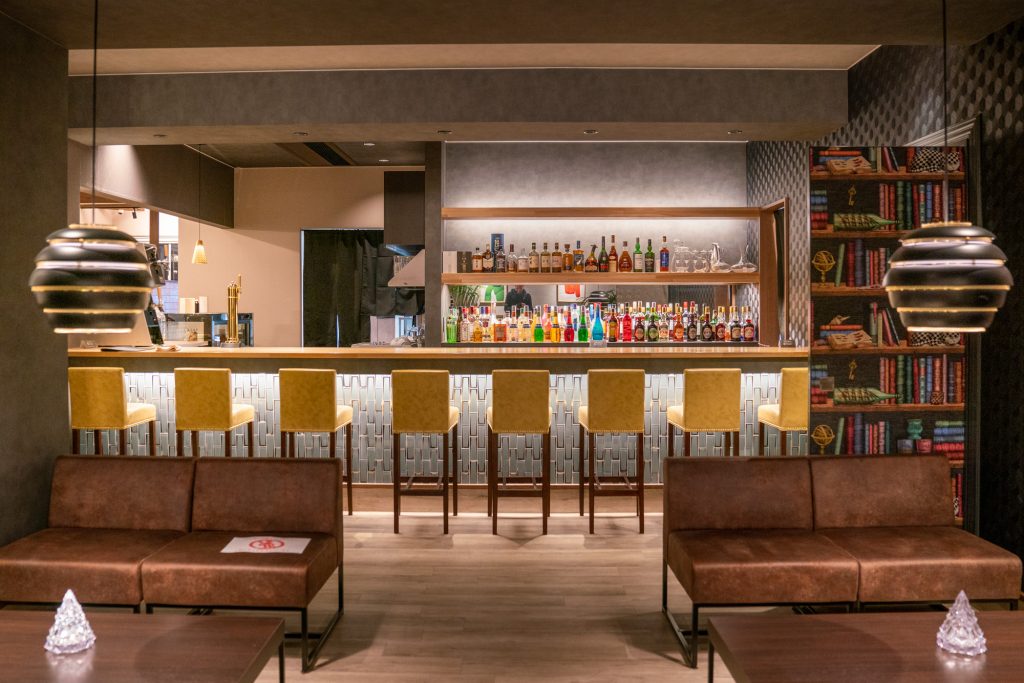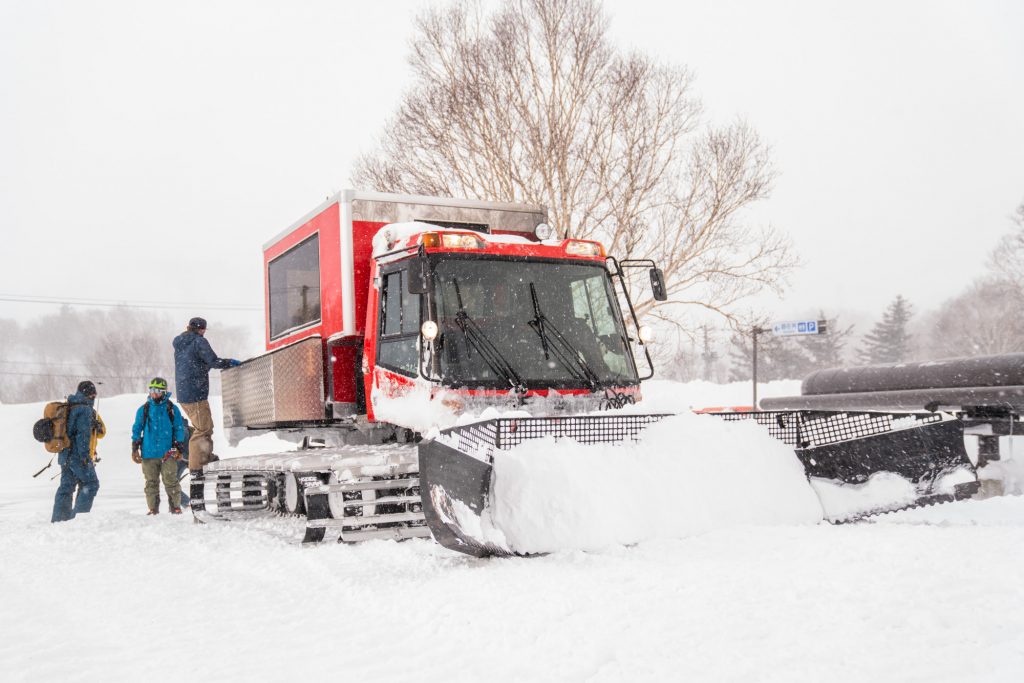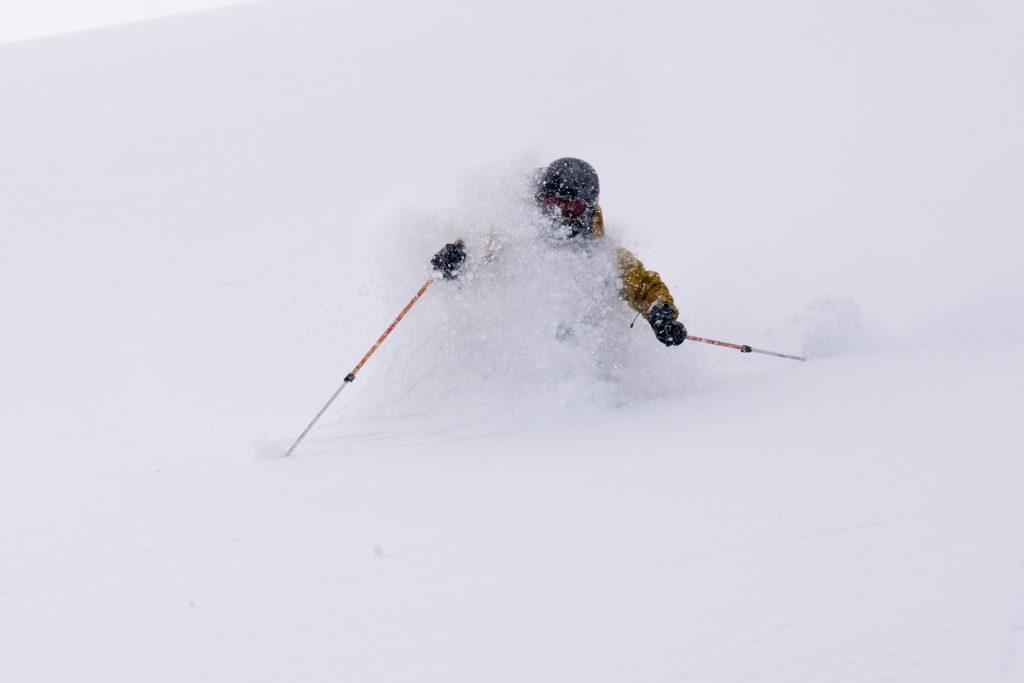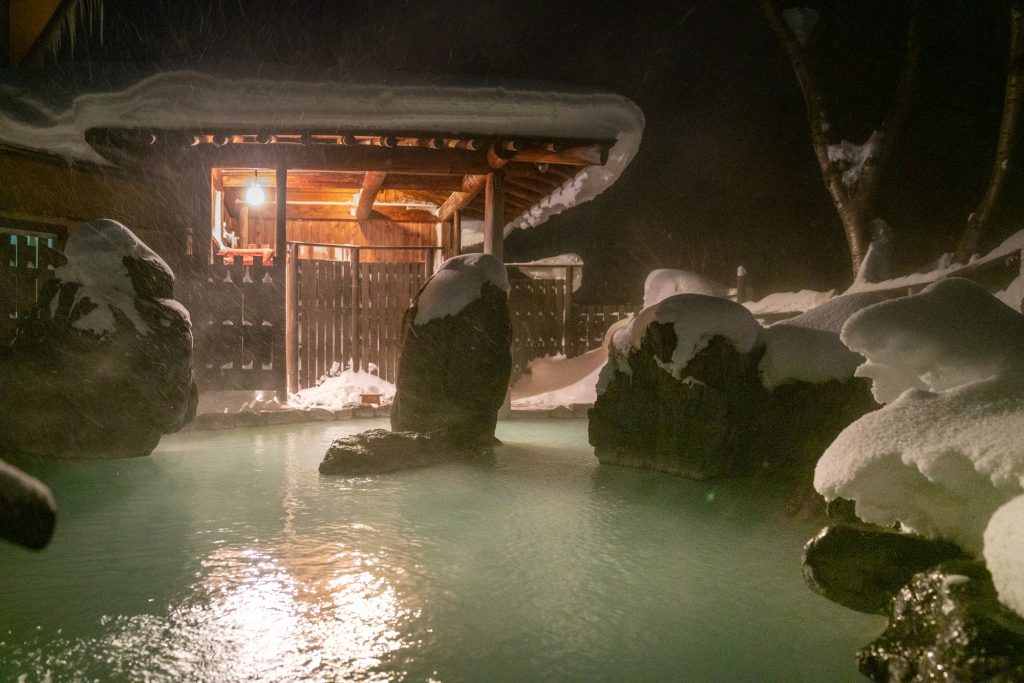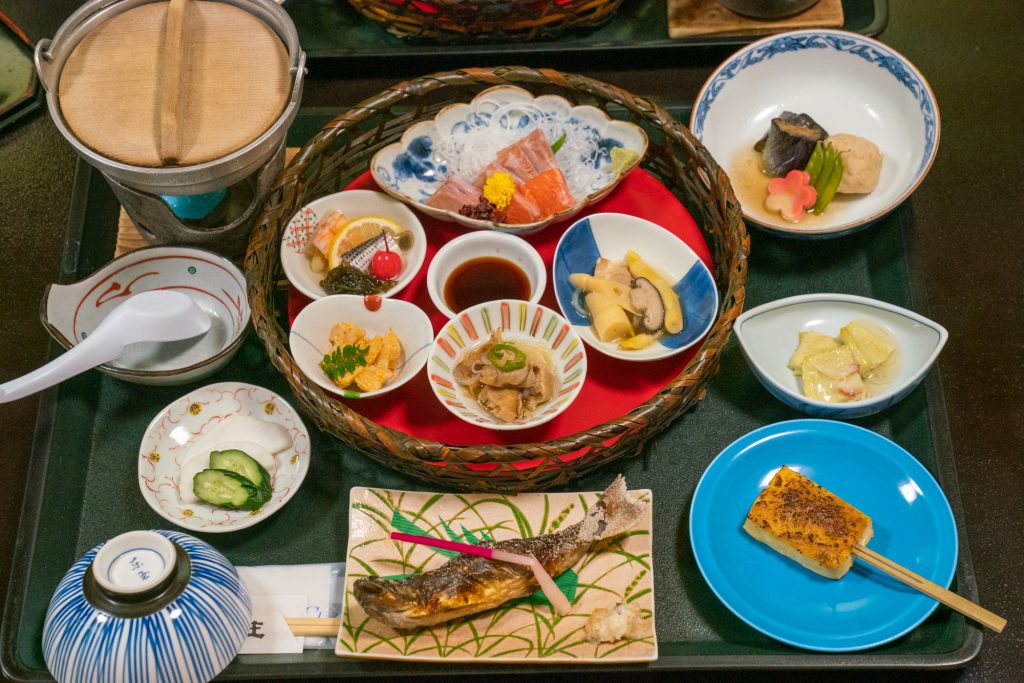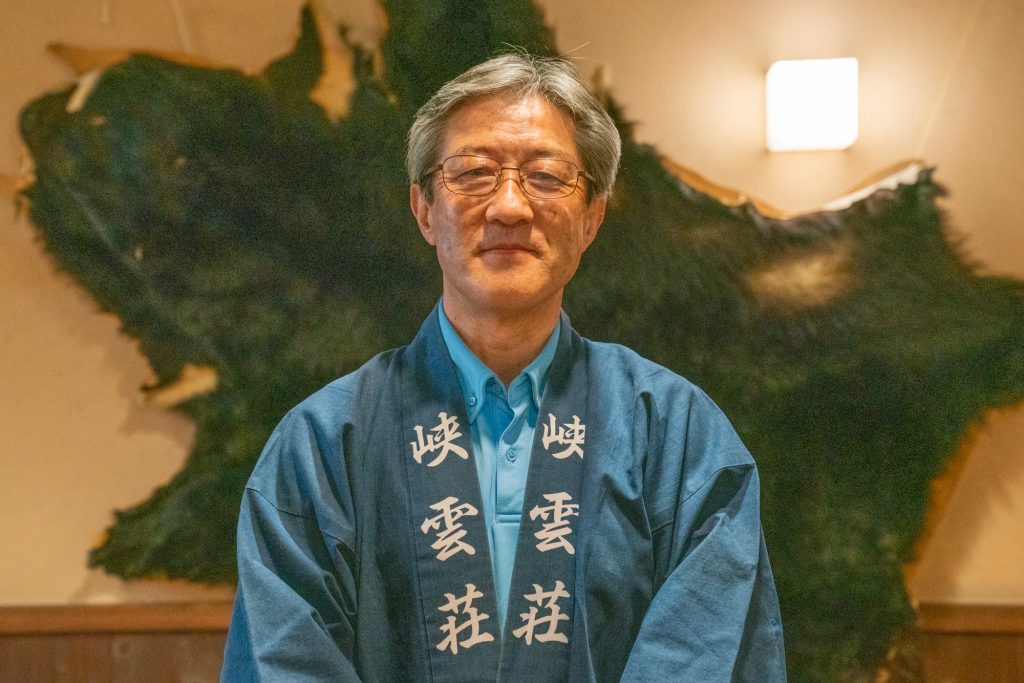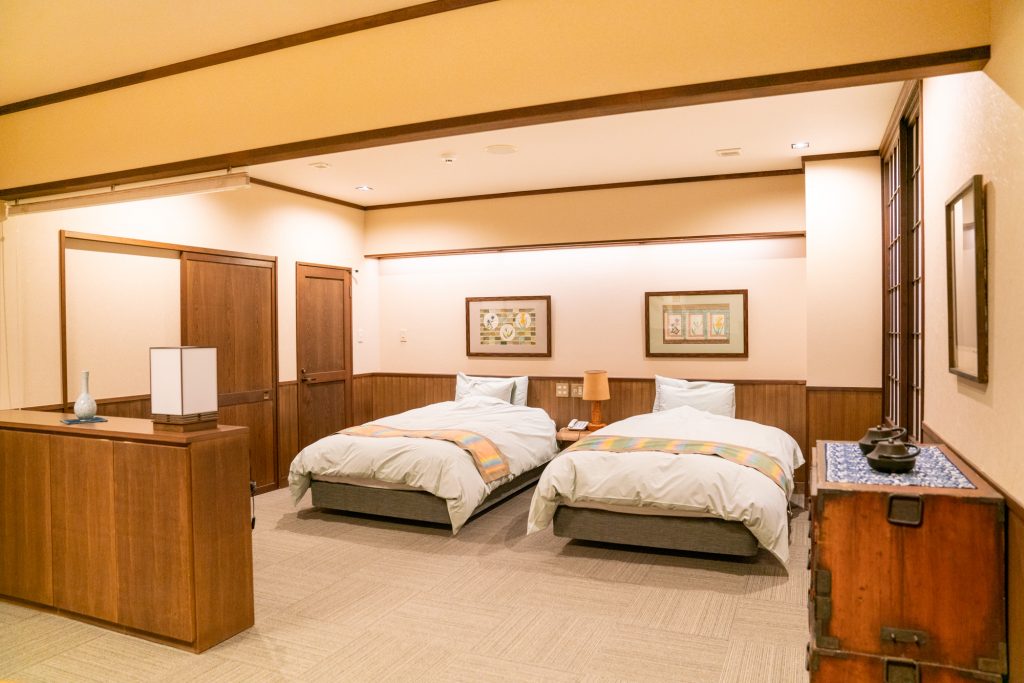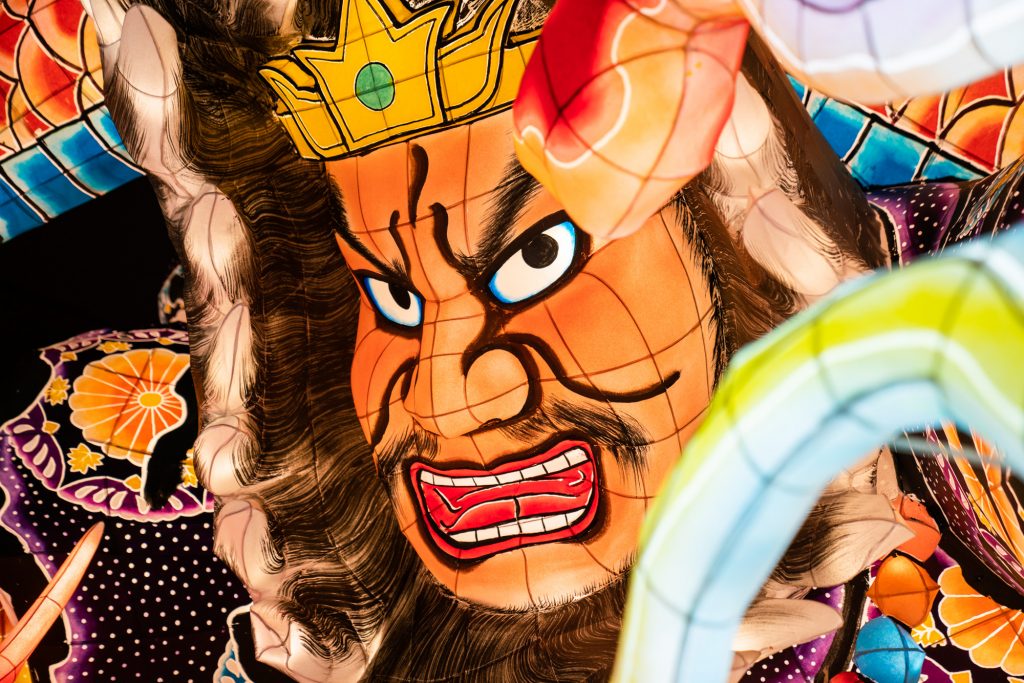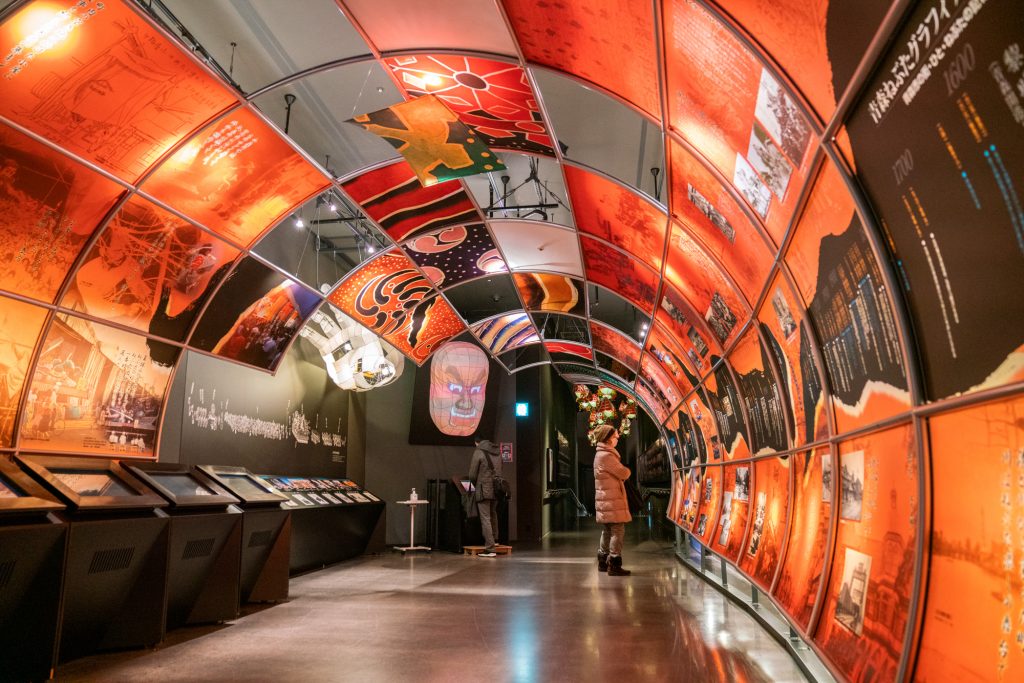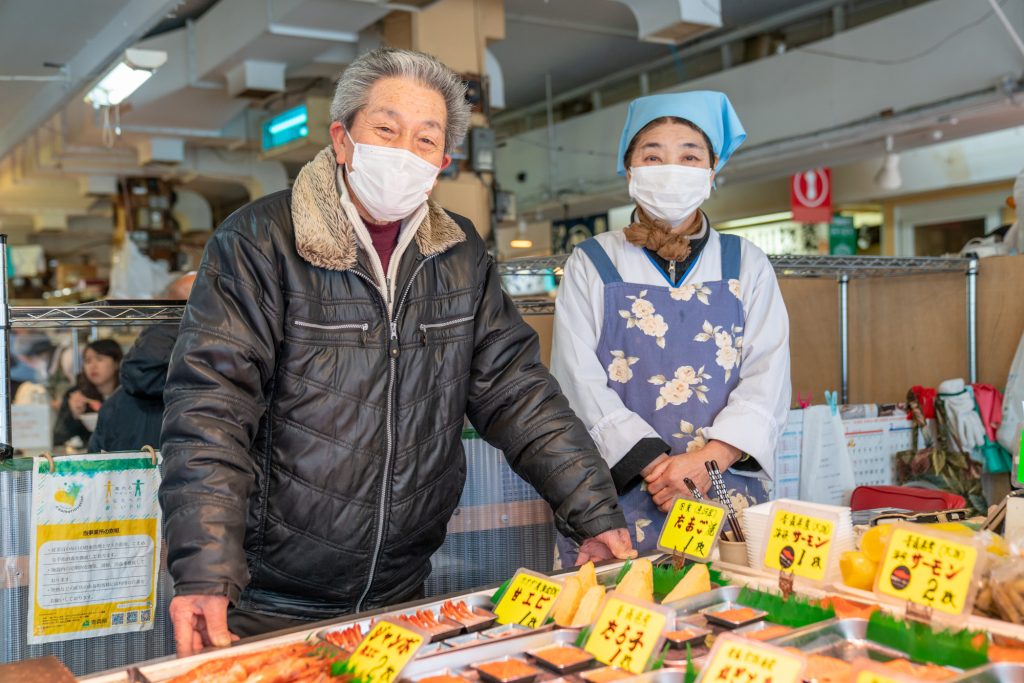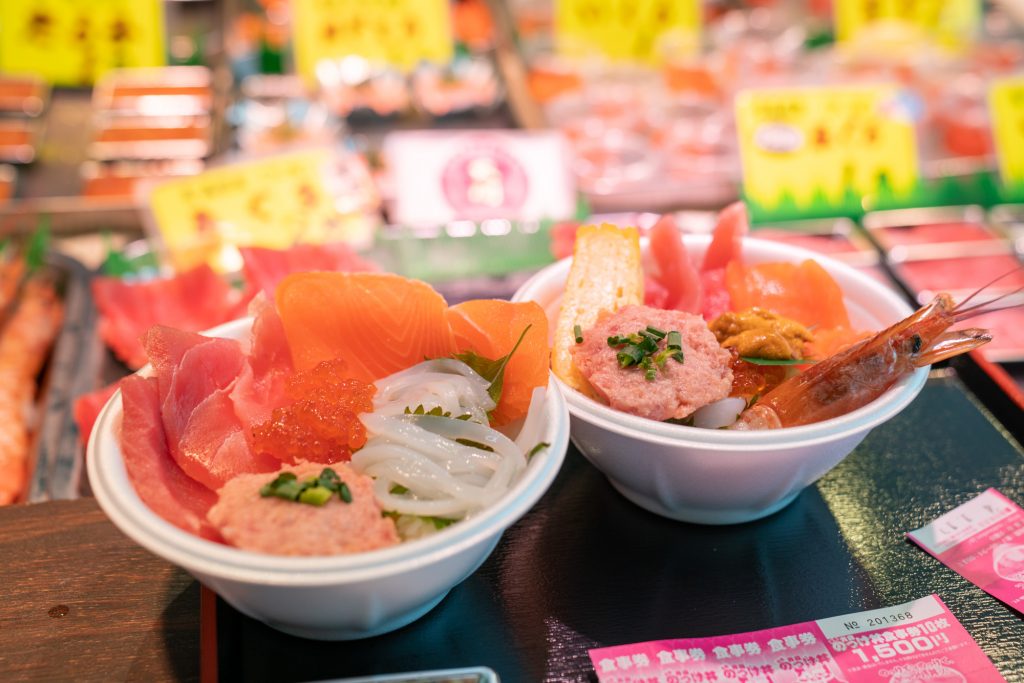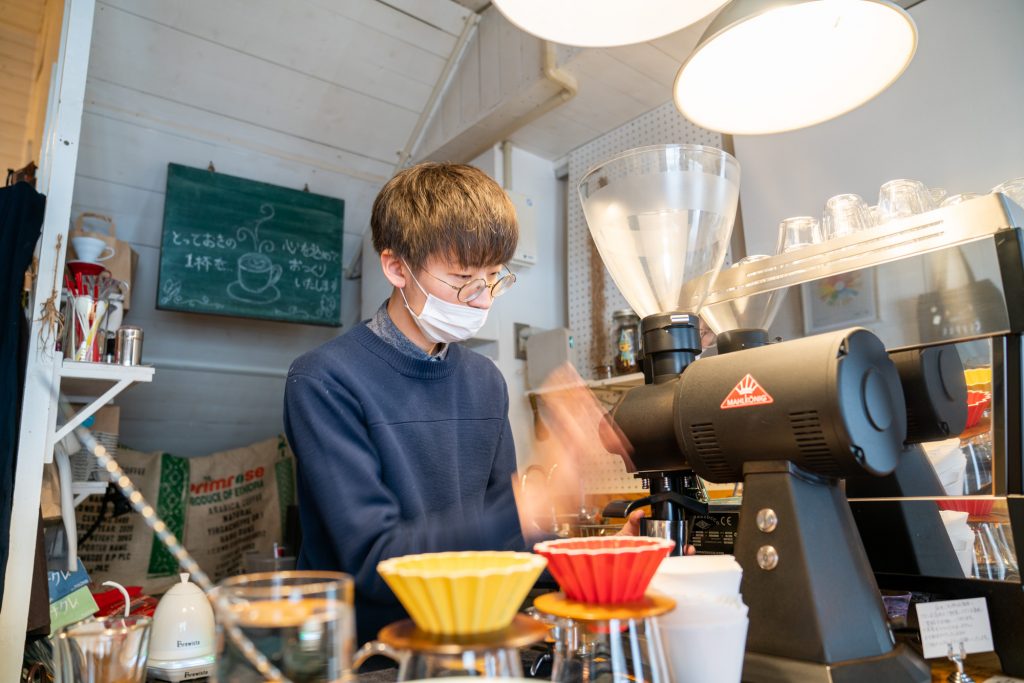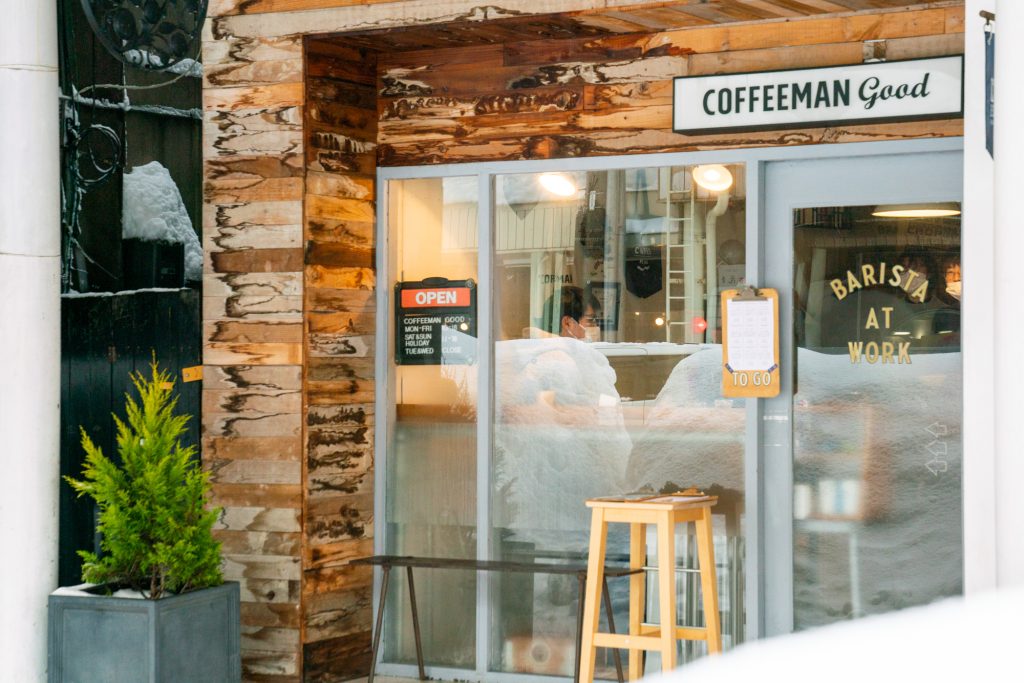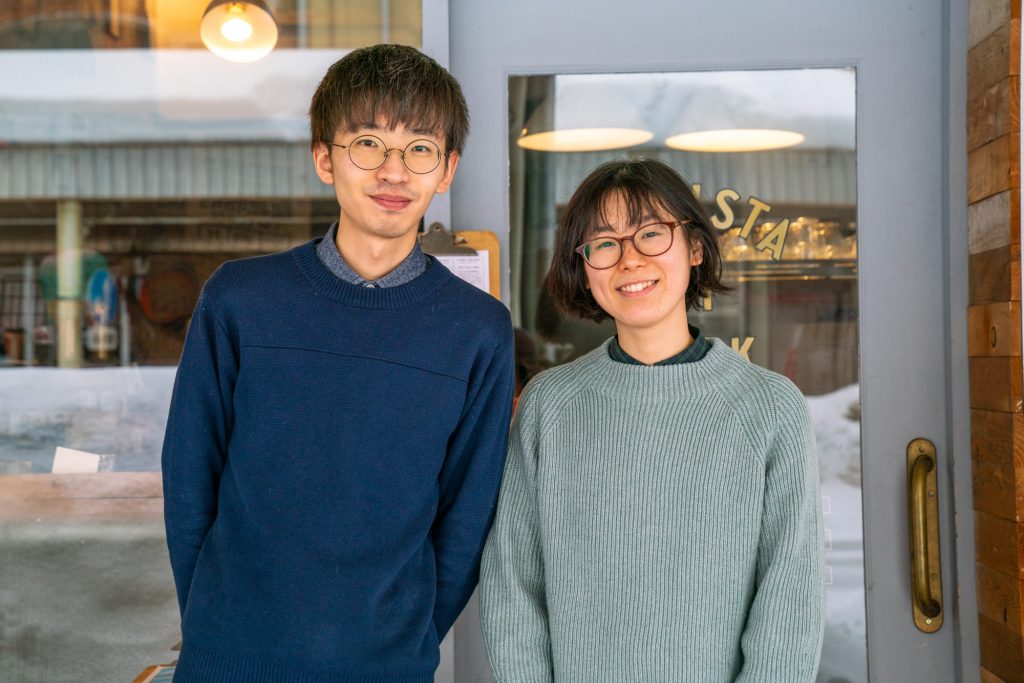When planning an unforgettable holiday, we know it’s not just about the skiing and snowboarding. It’s also the tiny things you discovered along the way – that hole-in-the-wall restaurant that served the best meal you’d ever eaten, or the little-known accommodation that a friend of a friend told you about, or the run that a local pointed out and you’ve been thinking about ever since.
The region of Tohoku, Japan, is well known for those off-the-beaten-track spots. About 2.5 hours north of Tokyo, Tohoku is home to not one but three national parks.
One of the most popular is the Towada-Hachimantai National Park; it’s the best spot to get your dose of backcountry skiing along with authentic experiences, meals and people.
It’s perfect for a three-day, two-night adventure with someone in-the-know to point out all the best spots… and that’s exactly what this guide is.

From the weird to the wonderful and everything in between, here are the best hidden gems to discover on your next holiday to Tohoku.
1. A stay at the Japanese home of backcountry skiing
If you can only go to one backcountry skiing destination in Japan – this is the one. Based in the Hachimantai area of Towada-Hachimantai National Park, Clubman have been offering guided tours of Hachimantai for over 35 years. They even coined the term ‘backcountry’ in Japan 26 years ago, when they spotted it in an overseas skiing magazine that a client had brought them.
The lodge accommodation is the perfect place to bed down before you head out on a bespoke tour of the mountain with incredibly experienced guides. Or opt for the cat skiing on offer – a project started by a group of local guides, with cat rides lasting about 20 minutes to take you to the deepest, driest powder.
Then onto your next adventure nearby…
2. Discovering the ancient healing lands
Legend says that 300 years ago, Matsukawa Onsen was discovered by Yamabushi – Japan’s mountain hermits – on their travels around the region. People would stay for weeks or months at a time to enjoy the healing properties of the water, and try to cure their illnesses; but it’s only become accessible via road in the last 50 years, making it a true hidden gem in Towada-Hachimantai National Park.
You can bed down in Kyounso, a modern, comfortable ryokan with Japanese-style or Western-style rooms. With both indoor and outdoor baths to enjoy, the major feature here is the silence of the mountain village as you unwind those ski muscles.
3. One of the heaviest snowfall areas in the world
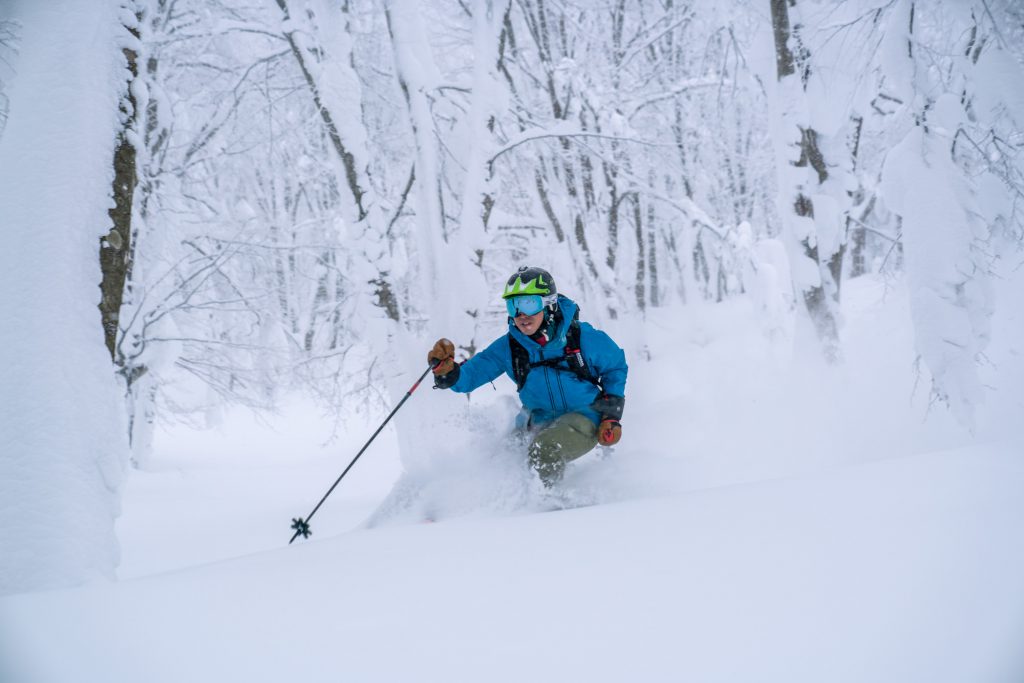
From feeling well-rested at the onsen, head onto another backcountry spot, Hakkoda – one of the heaviest snowfall areas in the world and only about three hours by car from Matsukawa Onsen. The backcountry season is LONG, from mid-December to mid-May, making it the dream for powder lowers.
You’ll need a guide, though, and that’s where the Mt. Hakkoda Guide Club comes in. With more than 25 years guiding experience, they start by the Mt. Hakkoda ropeway terminal and take you to the kinds of spots you’ll never discover on your own.
It’s best to visit here from March to May; it’s not unknown for the ropeway to close due to too much snow (yes, really). The perk is that you’ll get to enjoy it while many other resorts in Japan have already closed, and find the kind of untracked snow that is generally only found in dreams.
4. The biggest onsen you’ve ever seen
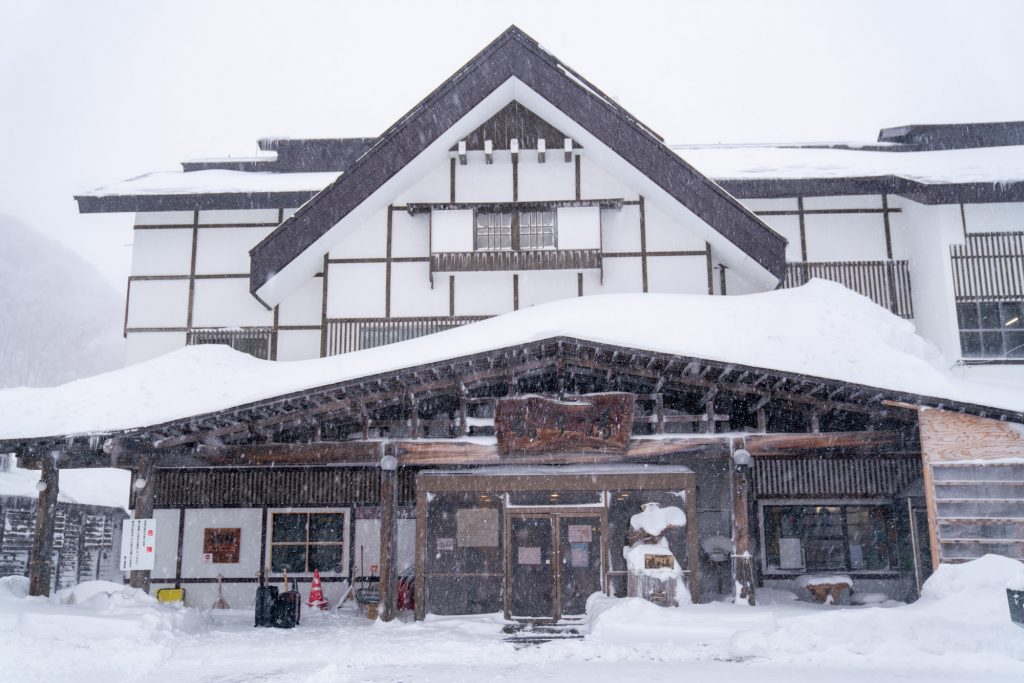
After experiencing the slopes of Hakkoda, the best place to stay is the Sukayu Onsen Ryokan. The hot spring itself has been accessible for over 300 years, and the timber building that houses the onsen is the oldest in the Hakkoda area. Guests can enjoy traditional accommodation and soak weary limbs in the “Senjin Buro”, which translates as ‘the bath of a thousand bathers’, thanks to how big it is – a massive 248㎡.
When you work up an appetite, you can enjoy the local cuisine; sukayu soba and ginger miso bamboo oden (Japanese-style stewed vegetables and dumplings).
5. A visit to the coolest museum
Keep moving north to get yourself to Aomori, home to some incredibly must-see culural experiences. The Nebuta Museum WA-RASSE is one of them. It introduces the history and charms of the local Aomori Nebuta Festival – originally started as a lantern festival to shed sleepiness, it’s now a street parade with huge floats. Some of the floats are now on display here, and the people of Aomori are intensely proud of them and their creators.
If you’re lucky enough to be in town for the Nebuta festival, it’s even better. All spectators are encouraged to become participants, and rent the clothes on the day, learn the simple dance and join the group on their path around the town. The museum is no exception to this – multiple times a day, the staff play some music and encourage crowd participation to sing and dance or even try the drums. Sign. Us. Up.
6. The most incredible seafood meal of your life
Everyone knows how good the food in Japan is – but you don’t know just how good until you’re in a rural, famous fish market that’s been operating for over 50 years. And while you’re in Aomori, the Aomori Gyosai Center is a must-stop.
For 1500yen (about AU$18), you can buy a set of ten tickets, which are exchangeable for ingredients, allowing you to build your own ‘nokkedon’ – a large bowl of seafood on rice. There are about 30 shops to choose from, with everything from prawns, salmon and tuna to the more unique items on offer.
7. The best coffee in all the land (no, really)
A winter holiday is much, much nicer when you can warm cold hands with a delicious cup of coffee. And what’s better than discovering a handcrafted, seasonal treat in a holiday destination while you’re finishing up your adventures in Aomori?
COFFEEMAN good is famous in the town thanks to the barista, Yudai Hashimoto. He carefully selects the coffees on offer from all over the world, and makes a espresso or a flat white that’s well on-par with one you’d find in Australia; or, if you’re happy to discover new things, the Tsugaru Miso Caramel Cappuccino comes highly recommended.
